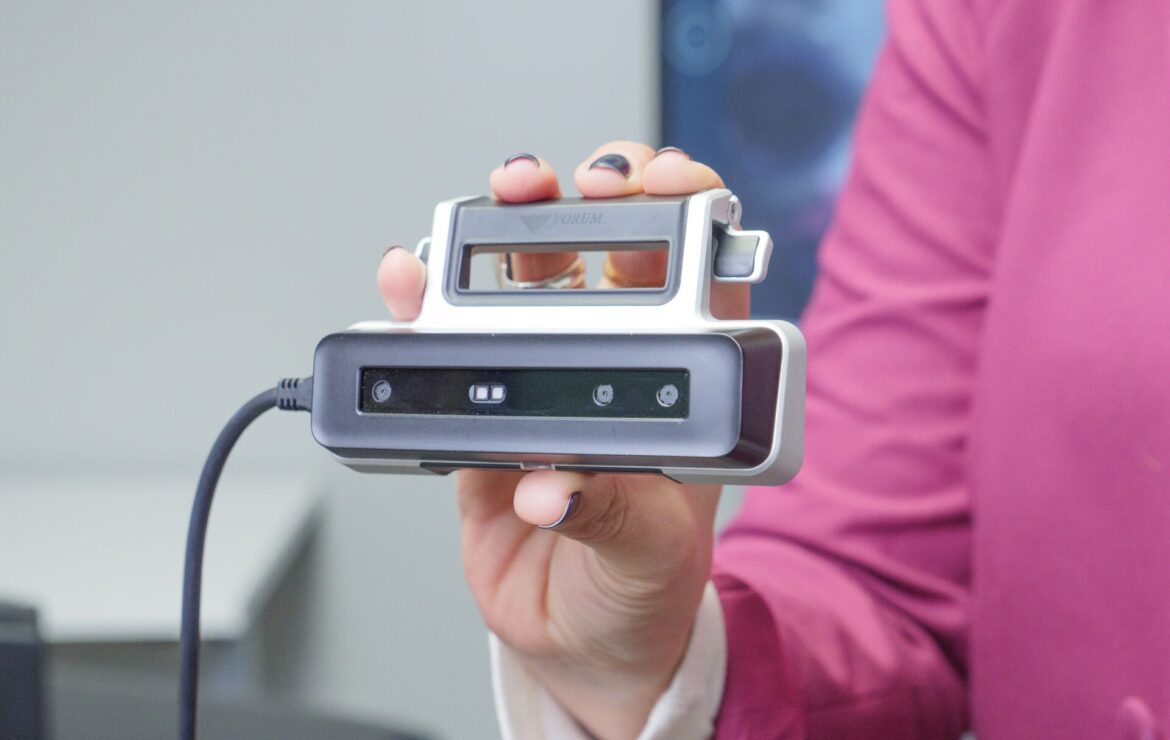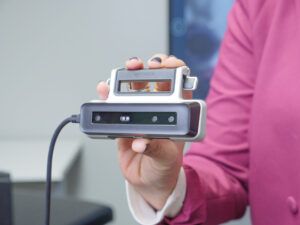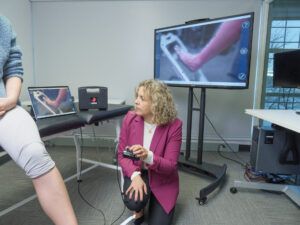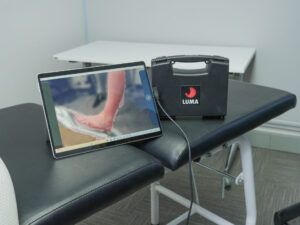Recent Advancements in 3D Scanning

The introduction of 3D scanning technology in the Orthotics and Prosthetics (O&P) industry marked a huge leap forward in the precision and customization of patient devices. Traditional methods of capturing measurements for O&P devices often involve manual measurements and plaster casting, leading to potential inaccuracies, discomfort for patients and longer wait times.
With 3D scanning, practitioners can now create highly detailed, digital representations of a patient’s anatomy, allowing for high accuracy in the design and fabrication of custom devices. This technology streamlines the fitting process, enhances patient comfort, and facilitates a more personalized approach to O&P care. This digitized data can also be easily stored and shared at ease. allowing collaboration among healthcare professionals and advancing research in the field.
The integration of 3D scanning into the O&P industry not only improves the standard of care but also paves the way for innovative solutions and improved patient outcomes.
Benefits of 3D scanning:
-
Precision and accuracy
By providing highly accurate and precise measurements, 3D scanning allows for precise measurements of different shapes. 3D scanners are set up to scan specific shapes and some even allow to add landmarks directly onto the scan itself.
-
Improved Patient Outcomes
Traditional methods of casting can be uncomfortable for patients. 3D scanning is a non-contact process, improving the patient’s experience.
-
Time Efficiency
Improve your efficiency significantly through time savings. 3D scanning can greatly reduce the time required to gather accurate measurements. You can scan a device, make your minor adjustments on the scanning software and have it ready to modify in minutes.
-
Digital Data Storage
Store your scans digitally instead of storing physical plaster devices. 3D scanning allows for efficient storage and retrieval of data.
-
Design and Modifications
The digital nature of 3D scans allows for easy modifications to design without the need for repeated physical castings.
Recent Advancements of 3D scanning:
-
Portable hand-held scanners
There have been significant advancements in the development of smaller, more portable, and handheld 3D scanning devices. This has made it more convenient for clinicians who are constantly on the move. Vorum’s Luma 3D scanner can be packed in a small carrier and set up in seconds on arrival.
-
Real-time Scanning and Feedback
Advancements in real-time 3D scanning capabilities including immediate feedback to practitioners have been developed. For example, scanners are now programmed to provide feedback to practitioners on their scanning technique, allowing them to constantly improve this technique leading to better quality scans and final devices.
-
Improvements in accuracy and resolution
Manufactures are constantly refining 3D scanning technology to enhance accuracy and resolution.
-
Integration with CAD/CAM systems
Integration between 3D scanning technology and Computer Aided Design / Manufacturing (CAD/CAM) systems have been developed. This streamlines a clinician’s workflow and improves the overall efficiency of the workflow. One example of this is how landmarks added on the Luma scanner are added directly to Vorum’s Canfit software allowing for a more streamlined modification process.
-
Cloud-based Data Management
Cloud-based platforms are being developed throughout the O&P industry. These platforms can be used for storing and managing 3D scan data. This allows for easier access to patient records from any location.
Luma 3.0 – Coming soon
Let’s talk about Vorum’s upcoming launch of Luma 3.0! This new version of our Luma 3D scanning software includes many new additions to help you gather accurate and quick scans.
New features:
- Watertight mesh – fill in all holes in your scan in a single operation
- Fill to plane – extend shape data from any hole out to a plane you specify with a swipe of the finger
- Smooth Edges – improve hole filling by smoothing rough edges in the mesh
- Landmarking Improvements – Add digital reference marks faster than ever with new anatomically-ordered lists
- Pairs Support – Keep track of bilateral scan pairs together for easy processing
If you want to hear more about recent advancements in 3D scanning, you’re in luck!
Vorum are hosting an upcoming webinar all about 3D scanning this coming Wednesday.








